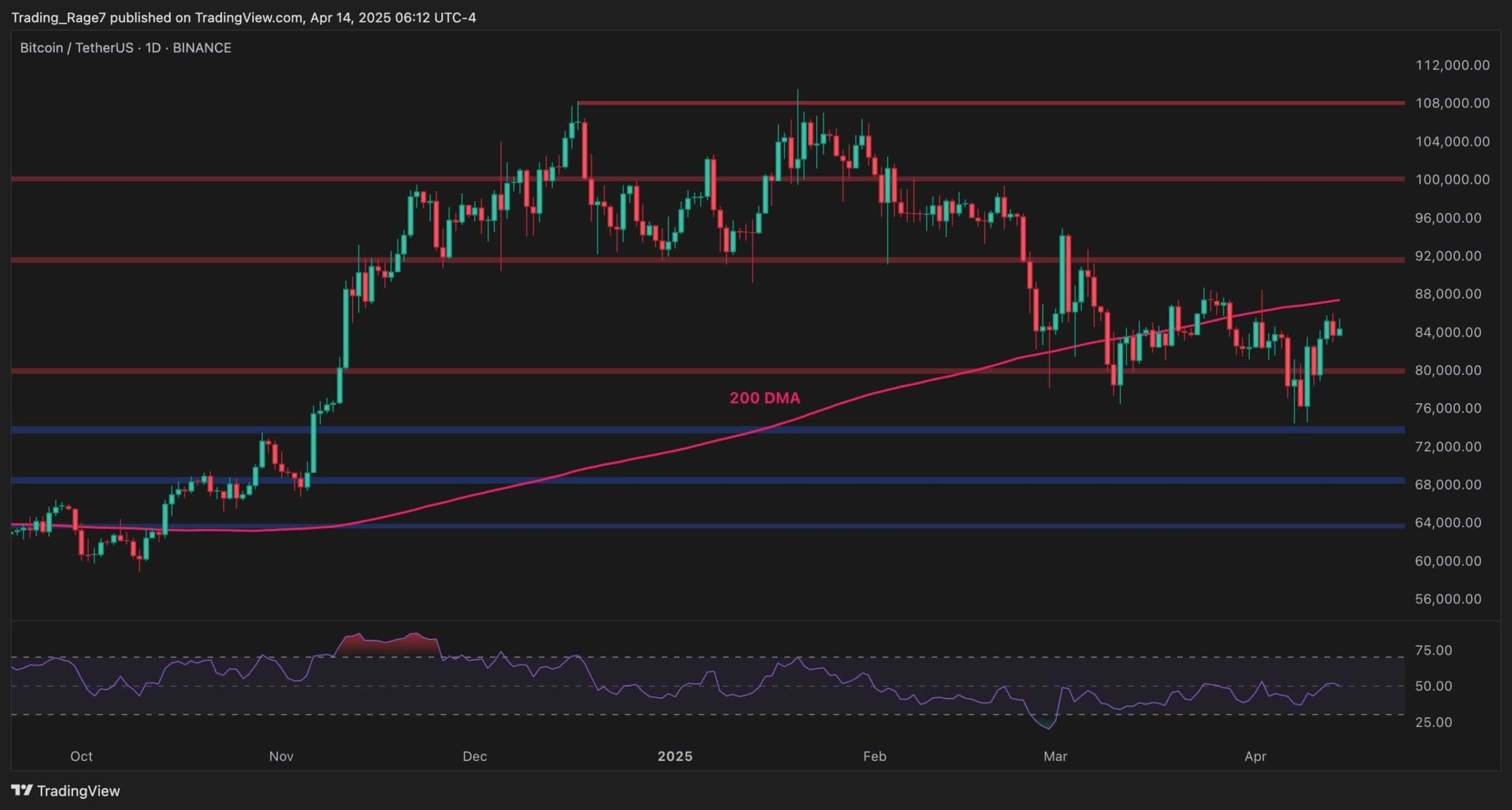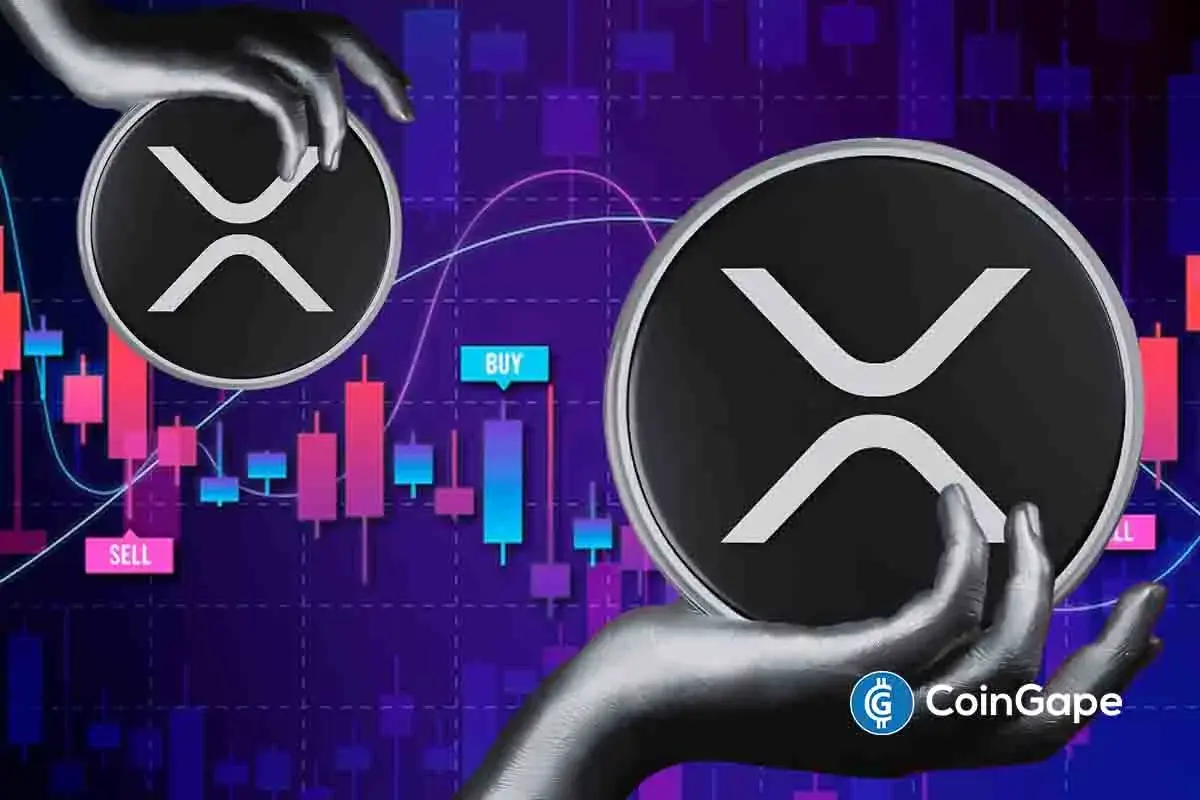Negative Trend in Bitcoin ETFs: A Closer Look
Recently, on-chain data aggregator CryptoQuant raised eyebrows in the cryptocurrency community with a tweet pointing towards a negative trend related to spot Bitcoin Exchange-Traded Funds (ETFs). This trend, while not immediately catastrophic, could have significant implications for both individual investors and the broader market.
Understanding the Data
CryptoQuant’s tweet showed a sharp increase in the premium of Bitcoin futures contracts compared to the spot price. A premium exists when the futures price is higher than the current spot price. This disparity can be attributed to investors’ expectations of future price movements or supply/demand imbalances. In the context of ETFs, a higher premium often indicates strong investor demand, as these funds aim to maintain a price that closely tracks the underlying asset.
However, if the premium continues to rise, it could signal that investors are no longer confident in the near-term price of Bitcoin. As a result, they may be choosing to buy futures contracts instead of the actual asset, potentially leading to a decrease in spot demand and, ultimately, a downward price trend.
Implications for Individual Investors
For individual investors, a negative trend in Bitcoin ETFs could mean several things. First, it might be an indication of a bearish market sentiment. If more investors are buying futures contracts instead of the actual asset, it could be a sign that they expect the price to drop. This might lead to a decrease in demand for Bitcoin, causing the price to fall further. Second, it could also mean an opportunity for those who believe in the long-term potential of Bitcoin and are willing to buy at a lower price.
Impact on the Wider Market
The negative trend in Bitcoin ETFs could have broader implications for the cryptocurrency market as a whole. Bitcoin’s correlation with other cryptocurrencies is well-documented, meaning that a downturn in Bitcoin could pull down the prices of other digital assets. Moreover, Bitcoin is often seen as a leading indicator of the wider market, so a negative trend in ETFs could be a sign of things to come for other cryptocurrencies.
Sources
According to various online sources, this trend could be due to several factors, including regulatory uncertainty, macroeconomic factors, and market sentiment. For instance, ongoing regulatory scrutiny in the United States and China could be deterring investors from entering the market. Additionally, macroeconomic factors such as inflation and interest rates could be causing some investors to shift their focus away from riskier assets like cryptocurrencies.
Conclusion
In conclusion, the negative trend in Bitcoin ETFs, as highlighted by CryptoQuant, could be an indication of a bearish market sentiment and a potential decrease in demand for Bitcoin. This trend could have significant implications for individual investors and the wider market. However, it’s essential to remember that trends can change quickly in the cryptocurrency market, so it’s crucial to stay informed and adapt to new developments as they unfold.
- CryptoQuant’s tweet highlighted a negative trend in Bitcoin ETFs
- This trend could be due to a decrease in investor confidence in the near-term price of Bitcoin
- Individual investors could see this as an opportunity to buy at a lower price
- The trend could also have broader implications for the wider cryptocurrency market
- Factors contributing to the trend include regulatory uncertainty and macroeconomic factors





